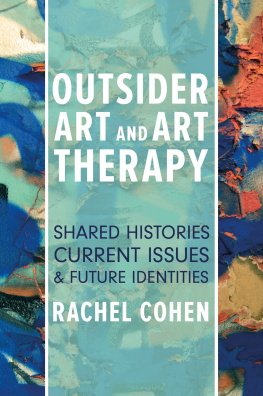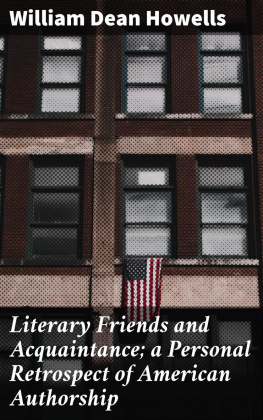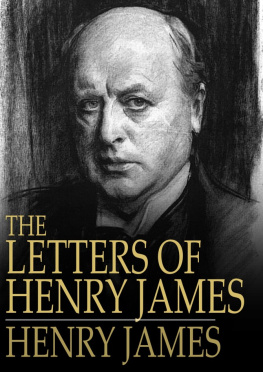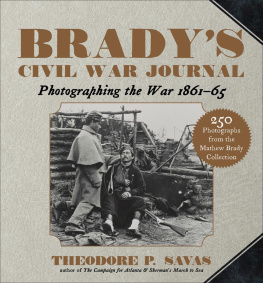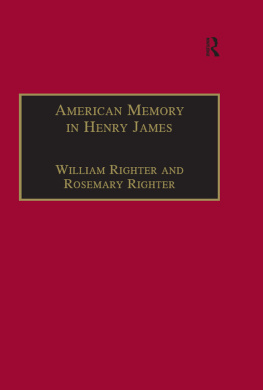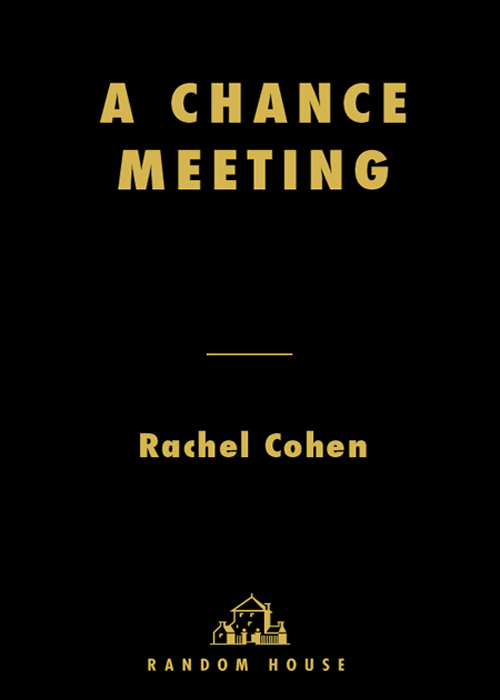Rachel Cohen - A Chance Meeting: Intertwined Lives of American Writers and Artists, 1854-1967
Here you can read online Rachel Cohen - A Chance Meeting: Intertwined Lives of American Writers and Artists, 1854-1967 full text of the book (entire story) in english for free. Download pdf and epub, get meaning, cover and reviews about this ebook. year: 2004, publisher: Random House Publishing Group, genre: Detective and thriller. Description of the work, (preface) as well as reviews are available. Best literature library LitArk.com created for fans of good reading and offers a wide selection of genres:
Romance novel
Science fiction
Adventure
Detective
Science
History
Home and family
Prose
Art
Politics
Computer
Non-fiction
Religion
Business
Children
Humor
Choose a favorite category and find really read worthwhile books. Enjoy immersion in the world of imagination, feel the emotions of the characters or learn something new for yourself, make an fascinating discovery.

- Book:A Chance Meeting: Intertwined Lives of American Writers and Artists, 1854-1967
- Author:
- Publisher:Random House Publishing Group
- Genre:
- Year:2004
- Rating:3 / 5
- Favourites:Add to favourites
- Your mark:
A Chance Meeting: Intertwined Lives of American Writers and Artists, 1854-1967: summary, description and annotation
We offer to read an annotation, description, summary or preface (depends on what the author of the book "A Chance Meeting: Intertwined Lives of American Writers and Artists, 1854-1967" wrote himself). If you haven't found the necessary information about the book — write in the comments, we will try to find it.
Each chapter of this inventive consideration of American culture evokes an actual meeting between two historical figures. In 1854, Henry James, as a boy, goes with his father to have a daguerreotype made by Mathew Brady and is captured in a moment of self-consciousness about being American. Brady returns to photograph Walt Whitman and, later, at City Point in the midst of the Civil War, Ulysses S. Grant. Meanwhile, Henry James begins a lasting friendship with William Dean Howells, and also meets Sarah Orne Jewett, who in turn is a mentor to Willa Cather. Mark Twain publishes Grants memoirs; W.E.B. Du Bois and his professor William James visit the young Helen Keller; and Edward Steichen and Alfred Stieglitz argue about photography. Later, Carl Van Vechten and Gertrude Stein, who was also a student of William Jamess, attend a performance of The Rite of Spring; Hart Crane goes out on the town with Charlie Chaplin; Langston Hughes and Zora Neale Hurston write a play together; Elizabeth Bishop takes Marianne Moore, who was photographed by both Van Vechten and Richard Avedon, to the circus; Avedon and James Baldwin collaborate on a book; John Cage and Marcel Duchamp play chess; and Norman Mailer and Robert Lowell march on the Pentagon in the antiVietnam War demonstration of 1967. The accumulation of these pairings draws the reader into the mysterious process through which creativity has been sparked and passed on among iconoclastic American writers and artists.
Ultimately, Rachel Cohen reveals a long chain of friendship, rebellion, and influence stretching from the moment just before the Civil War through a century that had a profound effect on our own time. Drawing on a decade of research, A Chance Meeting makes its own illuminating contribution to the tradition of which Cohen writes.
Rachel Cohen: author's other books
Who wrote A Chance Meeting: Intertwined Lives of American Writers and Artists, 1854-1967? Find out the surname, the name of the author of the book and a list of all author's works by series.

